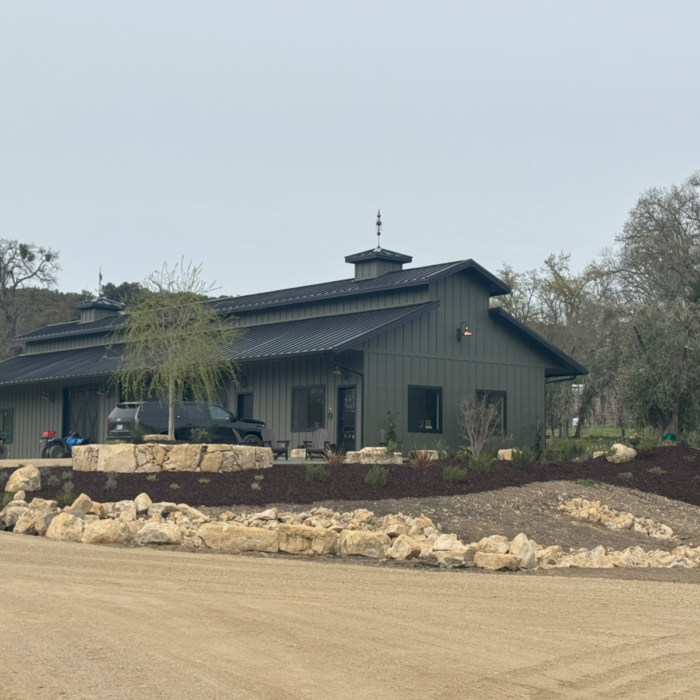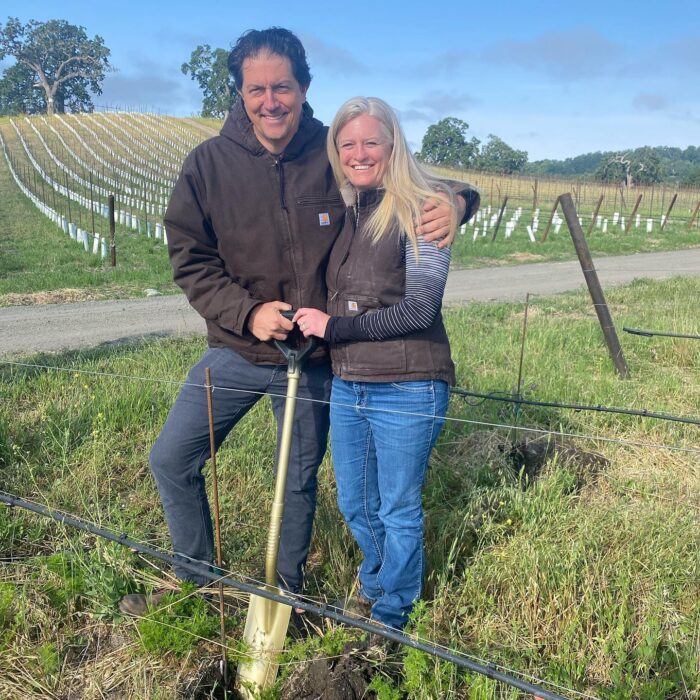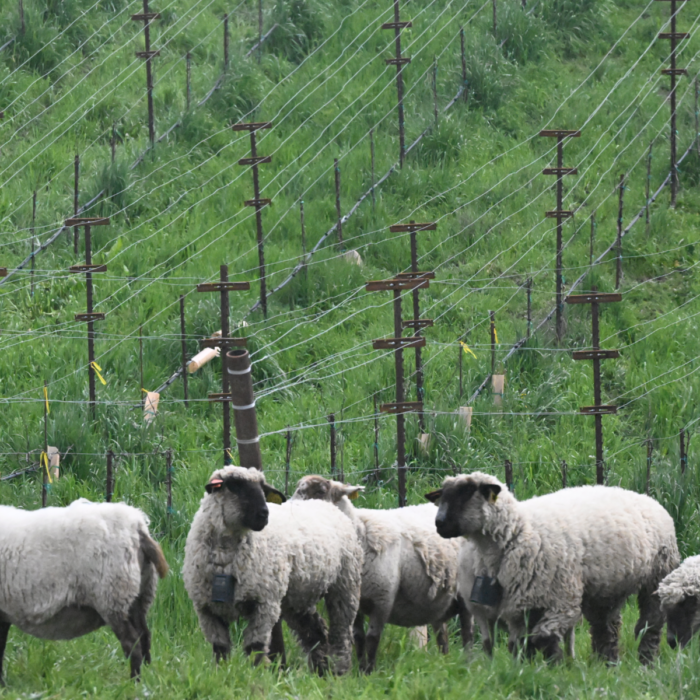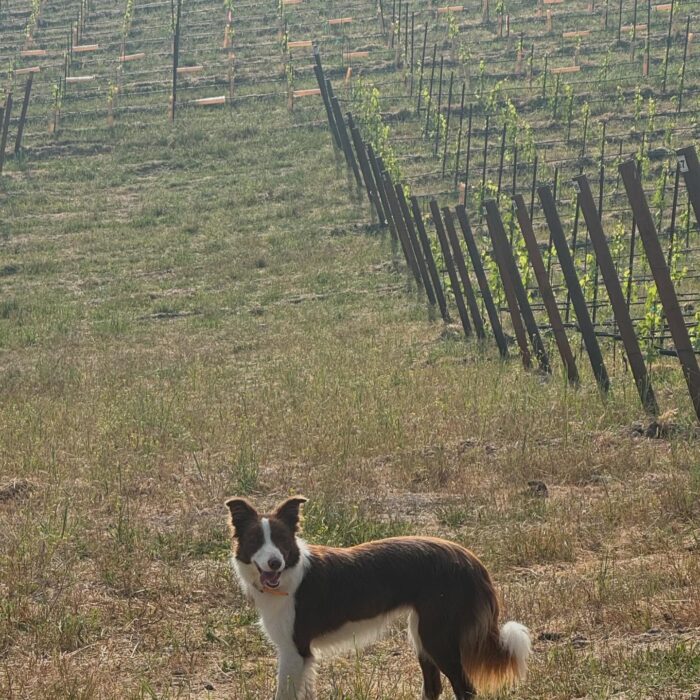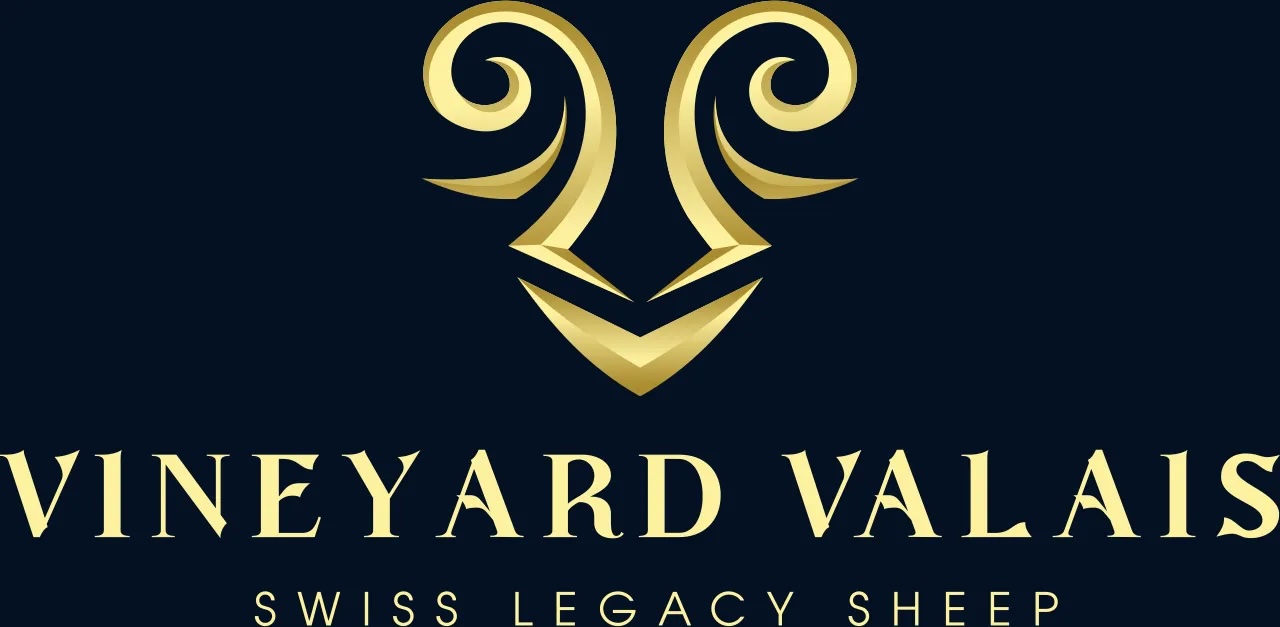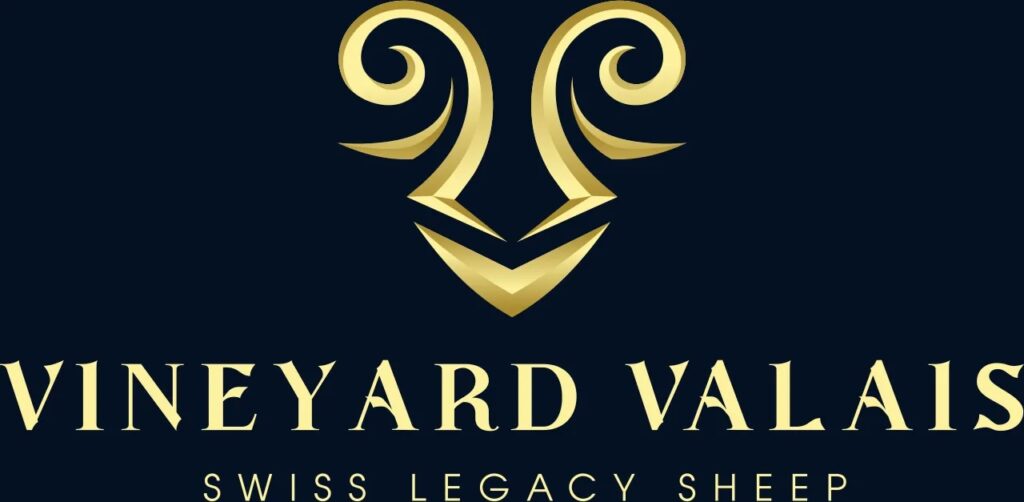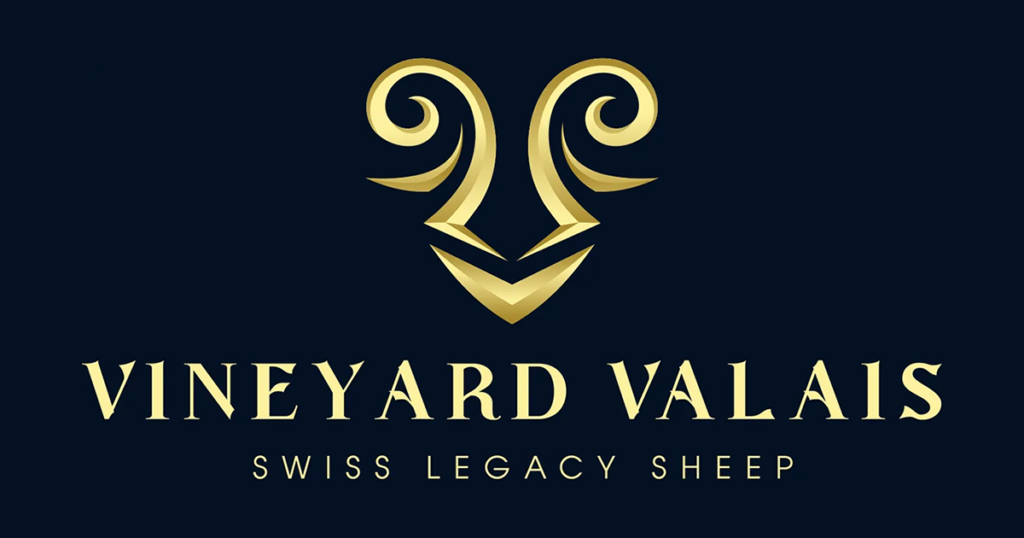
Our Mission:
Vineyard Valais is committed to raising exceptional purebred breeding stock, adhering to the highest standards of care, sustainability, and regenerative agricultural practices. Each animal is carefully nurtured in a veterinarian led, healthy, thriving environment, ensuring the superior quality and friendly nature that discerning breeders and enthusiasts expect.
With a deep commitment to excellence, Vineyard Valais prioritizes genetic integrity, sound animal health, and ethical farming methods. The operation is poised to contribute significantly to the growing demand for Valais Blacknose sheep, offering breeders and fiber enthusiasts access to some of the finest examples of the breed.
Our Founder:
At the helm of Vineyard Valais is Autumn Badelt-Fanning, Autumn is a mixed animal veterinarian and a visionary leader whose experience spans 20 years of veterinary practice, industry innovation, agricultural stewardship, and animal husbandry.
With over a decade of experience founding and scaling a groundbreaking mobile veterinary company, she revolutionized the veterinary field by bringing care directly into clients’ homes. This innovative model fostered closer client relationships, enhanced pet health, and set a new standard in mobile services, culminating in a successful sale of her company. She subsequently served as Vice President of Operations, overseeing regional, national and international teams before shifting focus to a new chapter in agriculture and animal breeding.
Autumn serves on the board of directors for Dunn School and actively participates in the National Charity League of the Conejo Valley. Her work reflects a lifelong dedication to leadership, innovation, and building a sustainable future for both the agricultural and fiber communities.
Our Farm:
Situated on 56 acres of pristine land in Paso Robles, California, the Badelt-Fanning family’s farm/estate is also home to The Six, a 30-acre red wine vineyard located in the renowned Adelaide AVA and produces world-class grapes.
